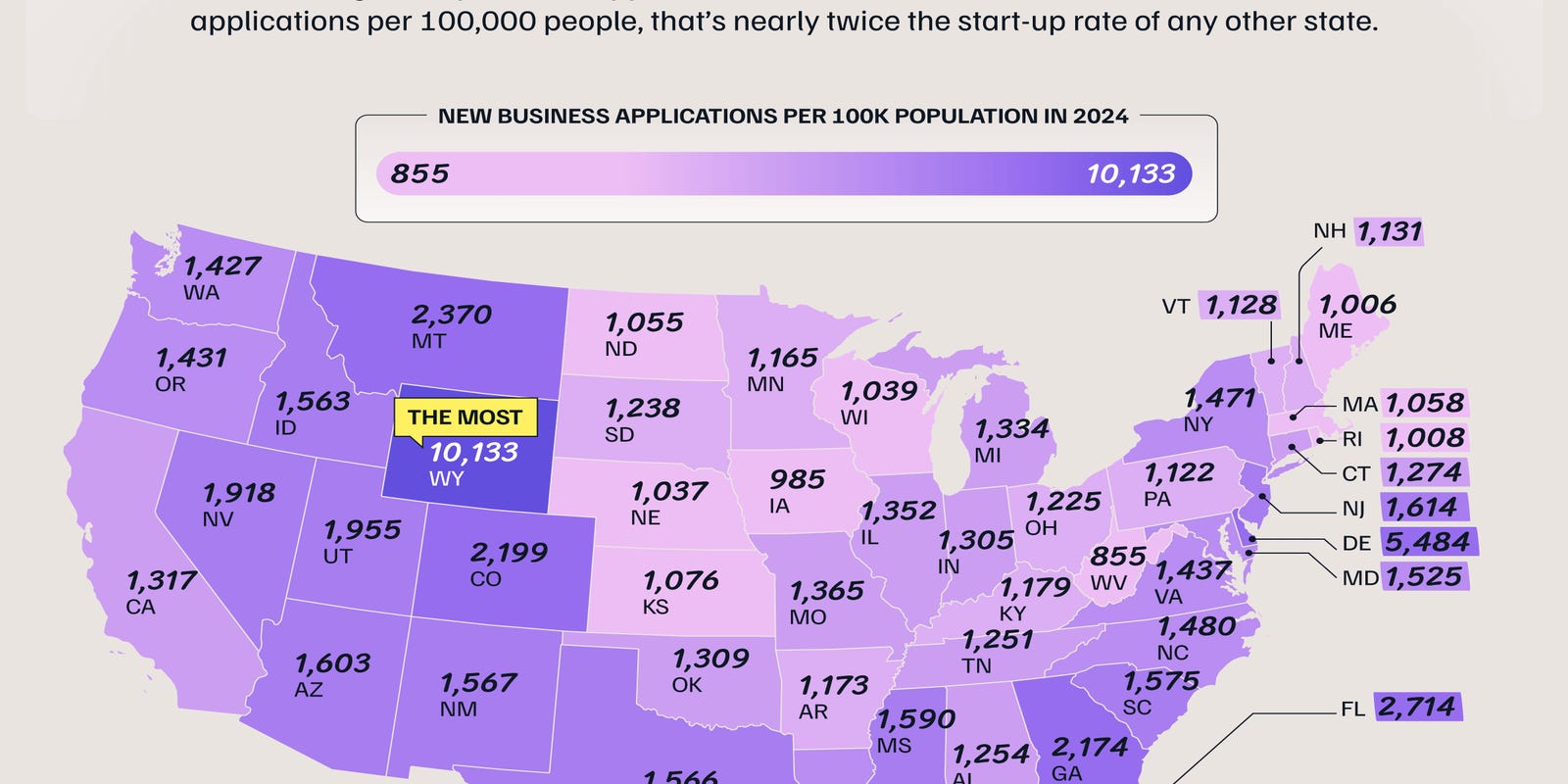Job Market Shock: US Employment Gains Slashed by Nearly 1 Million in Revised Figures

In a significant economic update, the Bureau of Labor Statistics has unveiled its preliminary benchmark revision, revealing a substantial downward adjustment to recent job growth estimates. The latest data indicates that the U.S. economy added 911,000 fewer jobs than originally reported during the period from April 2024 to March 2025.
This revision provides a more nuanced picture of the labor market's performance, potentially signaling challenges in the economic recovery that were not immediately apparent in earlier reports. The substantial reduction in job numbers could have important implications for policymakers, economists, and businesses assessing the nation's economic health.
The benchmark revision serves as a critical tool for refining employment data, offering a more accurate retrospective view of job market dynamics. Analysts and economic experts will likely scrutinize these updated figures to gain deeper insights into the underlying trends of employment and economic growth.








